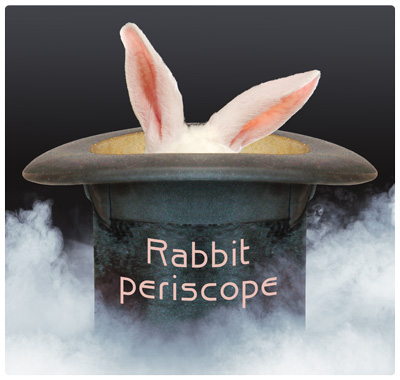Vintage 2017
Weather
The weather during the 2017 vintage season was very good, apart from heavy and long-lasting rain in September:
- As can be seen in the below weather graph (click on it to enlarge), the orange curve is the max day temperature and the gray is the min night temperature (both in °C). The blue is the amount of rain for each day (in mm).
- The month of May were very dry, and caused some problems during flowering in our sandy and hot vineyards. But the season started early and the problems disappeared after rain in June
- As seen on the night temperature, it went significantly below 0 °C the 21st of April. Our vineyards are steep and the frost didn't hit us, as it did downhill on the flatter land.
- After May the weather was hot but with enough rain. This kept the season to be 2 weeks ahead of normal seasons. Thanks to the rain, the wines had no problem with the heat and the grapes developed beautifully
- The only sad thing this vintage was the bad bloat starting in September and culminated the 20th of September. This caused a heavy rot damage on lower parts of our vineyards.
- October was sunny and beautiful up to the 21st of October. Due to the early season this year, we had to harvest long before, forced by galloping sugar content.

Click on above weather graph to get it larger !
Harvest
The factor that definitely postpone us to harvest is:
- Grapes has not lost their unripe green character.
Factors that urge us to harvest are:
- Grapes start containing too much sugar
(can be a spin-off from too much botrytis) - Grapes start showing too low acidity
- Gray rot attack, which accelerate instead of turning to botrytis
(The later in the autumn the more possible)
Due to the fine harvest weather from the 24th of September, there was no weather problem to harvest our vineyards in any order. But given the tropical summer weather, the sugar continued galloping. We got a bit surprised from the high sugar measurements, and decided quickly to pick in raising quality order, which is is to start with Genesis low, and go uphill through Bishop Garden and Bishop Backyard, and finish with Genesis high.
The harvest dates became:
- 2017-09-30 Genesis low
- 2017-10-01 Bishop Garden
- 2017-10-04 Bishop Backyard
- 2017-10-05 Genesis grafts low
- 2017-10-07 Genesis High and Genesis grafts
The already occurred rot damage we had to take into account immediately when we started to harvest Genesis low. Amongst the gray rot clusters there were definitely not a single grape with healthy botrytis, so we applied a severe selection to only pick unaffected clusters. We lost many tons on this strategy, but we simply refuse to expose ourselves to the risk that our wines taste and smell even the very least of gray rot.
Apart from cooping with rot, the harvest went on in an unproblematic way. As said, at that time we already understood the consequence of the high sugar content of the grapes, but we like our wines to be powerful from picking late (yet with preserved elegance), also see about pressing below.
Pressing
As pressing went on we understood more and more that our 2017 wines will be dramatic in alcohol and concentration. The smell and flavor were intense already from Genesis's low juice, and increased all the time as we pressed better and better grapes. A great surprise was Genesis's graft (formerly szurkebarat) present on the sides of the Genesis vineyard, did now challenge Genesis high in quality.
Because of the loss of several tons of grapes, we had some problems to supply our nine tanks with enough amount of juice to be securely chilled. Because of this, we could not harvest each vineyard separately and in preferred order, so the mix between vineyards had to be pragmatic an not always fully optimal.
From the pressing we ended up with using 8 of our tanks in the below order:
- 1st fraction of juice from Genesis low and Bishop Garden.
- 2nd fraction of juice from Genesis low and Bishop Garden.
- 1st fraction from Bishop Backyard and Solitude.
- 1st fraction from Bishop Backyard and Genesis grafts low.
This juice was originally meant to be immediately mixed with tank 3 above, but the during pressing we understood that this was quite superior to that tank, and since we had a couple of extra tanks we decided to keep this separate. - 2nd fractions mix we got when pressing 1st fractions for tank 3 and 4 above. This means juice from the vineyards Bishop Backyard, Solitude and Genesis grafts low.
- 1st fraction from Genesis high and Genesis high grafts.
- 2nd fraction from Genesis high and Genesis high grafts.
- 3rd fraction from all pressings above.
Fermentation
To make extremely high quality wine is always very tricky. It didn't get easier after our heat pump completely broke a couple of days after we had inoculated and multiplied yeast in all wines. Suddenly we had no possibility to keep our wines chilled at the preferred initial temperature of 6 °C, which began to raise up to the outdoor temperature of 13 °C. Our alert service contractor succeeded to buy and install a brand new heat pump and we could cool down to 6 °C before the wines really begun to ferment. The fermentation were of course kick-starting, but without any serious consequences.
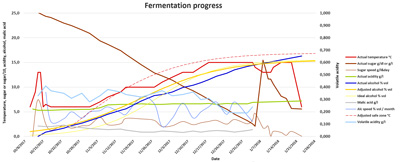
We always measure twice a week and plot in excel sheets, see the graph above of Genesis high 2nd fraction (Click on the graph above to enlarge). In the beginning the high sugar prevent from fermentation, and at the end high alcohol prevent from fermentation. There is no obstacles to apply quick fermentation, but to build quality and elegance, the fermentation period must exceed 3 months which means a fermentation speed of about 3 gram sugar per day. At the end of the fermentation, when we approach around 10 gram sugar per liter, we must go down to a speed of 1 gram sugar per day, to be able to break fermentation at an accurate residual sugar level. This regularly happen us at a temperature around 15 °C, with the disturbing fact that one degree above this temperature bring us back to 3 gram per day, and one degree below this temperature do break the fermentation almost completely.
Breaking fermentation
When we approach the wine to get ready, the big discussion appear, what would be the preferred amount of residual sugar in our different wines. Many factors determine this level:
- Measurable level of acidity in grams per liter
- Austerity of the acidity. Even if the acidity has the same measurable level, it may be softer or harder, depending on such things as the weather during the season, and time of harvest.
- The mix of acidities. Higher malic acidity content make it feel harder, and a malolactic fermentation exchange malic acid to lactic acid which feel softer. Since our south-facing and steep Badacsony vineyards are a bit too hot, we avoid malolactic fermentation.
- The alcohol content. Higher alcohol level contributes to a sweet feeling.
- High concentration or presence of botrytis. Also these contributes to a sweet feeling.
- And last but not least, the preferred wine style and market opportunities. Villa Sandahl prefer sugar that is detectable, but barely so. The lower price wines customer segment prefer more residual sugar than do the luxury segment.
- Wine law. The wine may not be labeled dry when the sugar is more than 2 gram higher than the acidity, or exceed 9 gram per liter.
Our 2017 wines are high in alcohol (14-15 %), with rather high acidity (6.5 - 7 gram per liter) but being soft from late harvest (without botrytis) and without having undergone malolactic fermentation. Altogether, our 3rd fraction base wine will be the sweetest with 7 gram sugar per liter and our best vineyard wines will be driest with around 5 gram per liter.
Assembling
In April the wines are ready enough to be tasted and the 8 tanks can be blended to our wine portfolio offering. We always try to keep the best tank unblended and released as our flagship wine. On the opposite side, the entry quality wine use to be the 3rd fraction from all pressings. Between these end points we have to identify how many significant quality levels we can obtain.
The 2017 vintage was very good, and the entry quality level we got was very high, thus somewhat decreasing the span up to the flagship level. This year we found two distinct quality levels between the entry level and flagship level, creating the sum of total 4 wines in our portfolio offering.
The wines assembled were, from highest quality and downwards:
- Tank 6 from the Genesis high vineyard.
- Tank 3 + tank 4 + tank 7 as a vineyard blend
- Tank 1 +´tank 5 as a vineyard blend
- Tank 8 + tank 2 as a vineyard blend
Label theme
The theme this vintage were were chosen to be "Magic" in different ways. This is the third year in a row we produce very high quality and consequently the feeling begin to get magic :- ).
Hall of Fame
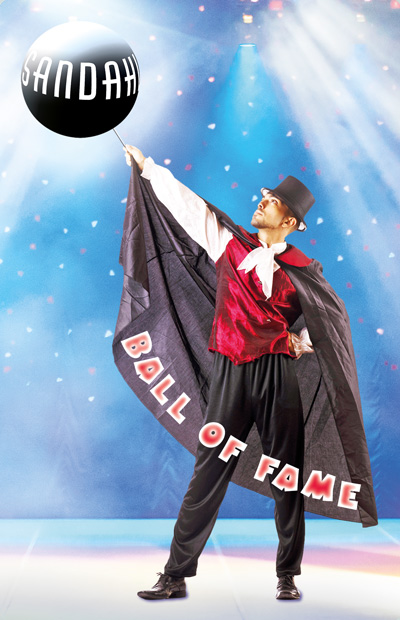
The Sandahl ball has many times been a symbol for how Villa Sandahl see itself as located out of the box. Now a magician has taken over the ball to illustrate our best wine from 2017.
Link for more details (leads to the same site as the link from the the QR code at the back label).
Crystal cut
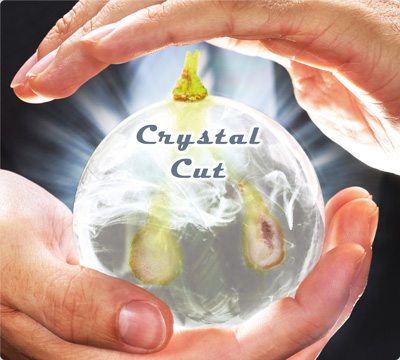
A look into the Crystal ball reveals a Cut through a magic Riesling grape.
Link for more details (leads to the same site as the link from the the QR code at the back label).
Rabbit periscope
A shy Rabbit scans the surrounding but dare not take a leap out of the magic hat.
Link for more details (leads to the same site as the link from the the QR code at the back label).
Shop stop>
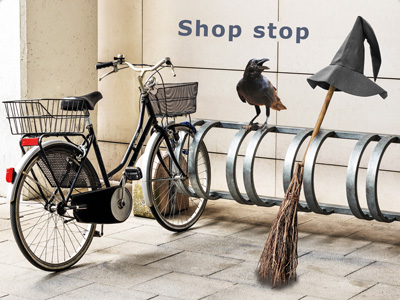
No magic in the world can supply a witch with daily necessities from the local grocery shop.
Link for more details (leads to the same site as the link from the the QR code at the back label).
Link to wine advises in a video by the which.


